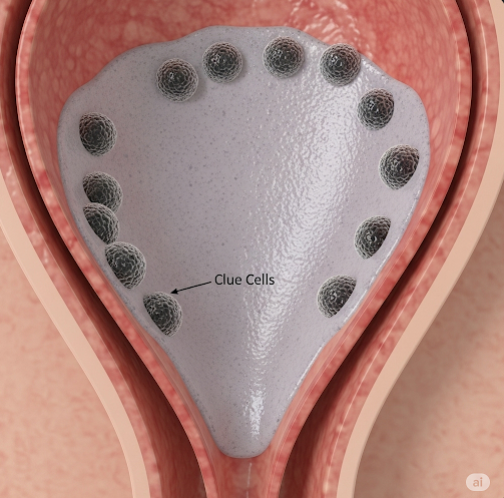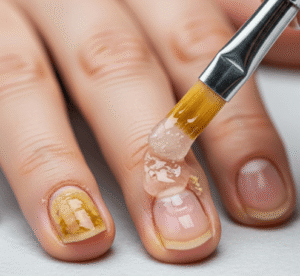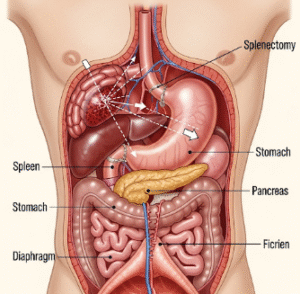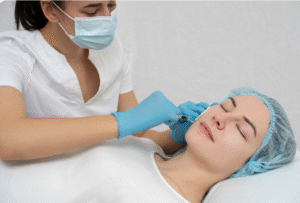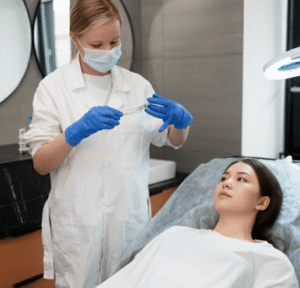Overview
Vaginosis, most commonly referring to bacterial vaginosis (BV), is an imbalance of the normal bacteria in the vagina. It often occurs when healthy Lactobacillus bacteria decrease and harmful bacteria multiply. While it’s not classified as a sexually transmitted infection, sexual activity and certain hygiene practices can increase the risk. Vaginosis can cause unpleasant symptoms like abnormal discharge and odor, and may increase vulnerability to other infections if left untreated.
What is Vaginosis?
Vaginosis is a condition that develops when the natural balance of vaginal microorganisms is disrupted. In healthy conditions, the vagina maintains a slightly acidic pH due to the presence of beneficial Lactobacillus bacteria. When these bacteria decline, harmful bacteria can overgrow, leading to symptoms such as thin, grayish discharge and a fishy odor. BV is the most common type, but vaginosis can also result from other microbial imbalances.
Symptoms
- Thin, gray or white vaginal discharge
- Strong, fishy vaginal odor (especially after intercourse)
- Mild vaginal itching or irritation
- Burning sensation during urination (less common)
- Some women may have no symptoms at all
Causes
- Overgrowth of harmful bacteria such as Gardnerella vaginalis
- Reduction in Lactobacillus bacteria
- Sexual activity with new or multiple partners
- Vaginal douching, which disturbs natural pH balance
- Hormonal changes
- Long-term use of certain medications (e.g., antibiotics, steroids)
Risk Factors
- Having a new sexual partner or multiple partners
- Vaginal douching or using scented feminine products
- Unprotected sexual activity
- Intrauterine device (IUD) use
- History of BV or other vaginal infections
- Weakened immune system
Complications
If untreated, vaginosis can lead to:
- Increased risk of sexually transmitted infections (including HIV, chlamydia, and gonorrhea)
- Higher likelihood of pelvic inflammatory disease (PID)
- Pregnancy complications (e.g., premature birth, low birth weight)
- Recurrent vaginal infections
- Post-surgical infections in gynecological procedures
Prevention
- Avoid vaginal douching and scented feminine products
- Maintain safe sexual practices (condom use)
- Keep the genital area clean and dry
- Limit the number of sexual partners
- Wear breathable cotton underwear
- Seek early treatment for any abnormal symptoms
Treatment Options in Korea
South Korea offers modern, effective treatments for vaginosis, such as:
- Antibiotic therapy – Oral (metronidazole, clindamycin) or topical creams/gels to restore bacterial balance
- Probiotic therapy – Oral or vaginal probiotics to replenish Lactobacillus bacteria
- pH balancing treatments – Specialized gels to restore vaginal acidity
- Advanced diagnostics – PCR and culture tests to accurately identify bacterial strains
- Preventive care programs – Korean women’s clinics provide education on hygiene, sexual health, and recurrence prevention
- Integrated care – Combination of medication, lifestyle changes, and follow-up testing for long-term recovery

